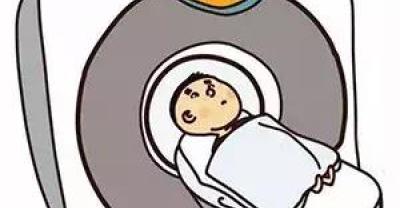Peanut seed treatment process before planting
Introduction: peanut belongs to leguminous crops, self-pollination, genetic characters are relatively stable, can be planted year after year. However, peanut, like other crops, has heredity and variability, which keeps its original characteristics, and variation forms the diversity of varieties. The seeds with high mutation rate can not continue to be used in field production, because the original excellent characteristics of the variety can not be well expressed.
Generally speaking, after selecting a good variety, the original seed can be planted continuously for three years. During this period, when the peanut is harvested every year, we also have to refine the peanut species and select the seeds produced by strong, large and full plants as seeds. Get rid of miscellaneous fruit, rotten fruit, insect fruit. It is necessary to dry the seeds before peeling, increase the penetration of the seed coat and increase the osmotic pressure of the seeds, that is to say, enhance the water absorption capacity of the seeds and promote the rapid germination of the seeds.
After drying seeds, peanuts can emerge early for 1 to 2 days. When drying the seeds, you should pay attention to turning and try to make the sun as uniform as possible. But it should be noted that it should not be exposed to the sun on the roof or cement floor. When sowing, you can not mix large and small seeds to sow seeds, which has avoided the formation of symbiosis of large and small seedlings, and large seedlings bully small seedlings, resulting in reduced production. According to the experiment, the yield of the first-class seed seed is more than 20% higher than that of the mixed seed seed, and that of the second-class seed seed is more than 10% higher than that of the mixed seed seed. According to the size of the seeds, the big seeds are sown together, the seeds in the middle are sown together, and the seeds with small, shriveled, sprouting and mildew seeds are eliminated. The seeds sown will sprout neatly, and there will be no phenomenon of big seedlings pressing small seedlings and competing for fertilizer and water between big seedlings and small seedlings.
- Prev

Can farmers get rich by growing wild vegetables?
In the era of material scarcity in the past, wild vegetables, which farmers used to satisfy their hunger because of insufficient food, have now become the favorite of people in the city, even the signature of five-star restaurants.
- Next

Xinwei town: planting red guava helps to shake off poverty and become rich
In recent years, Xinwei Town has earnestly grasped the cultivation of characteristic agriculture and actively introduced the characteristic fruit-red guava, which has become a major feature of local agricultural development.
Related
- Fuxing push coffee new agricultural production and marketing class: lack of small-scale processing plants
- Jujube rice field leisure farm deep ploughing Yilan for five years to create a space for organic food and play
- Nongyu Farm-A trial of organic papaya for brave women with advanced technology
- Four points for attention in the prevention and control of diseases and insect pests of edible fungi
- How to add nutrient solution to Edible Fungi
- Is there any good way to control edible fungus mites?
- Open Inoculation Technology of Edible Fungi
- Is there any clever way to use fertilizer for edible fungus in winter?
- What agents are used to kill the pathogens of edible fungi in the mushroom shed?
- Rapid drying of Edible Fungi

